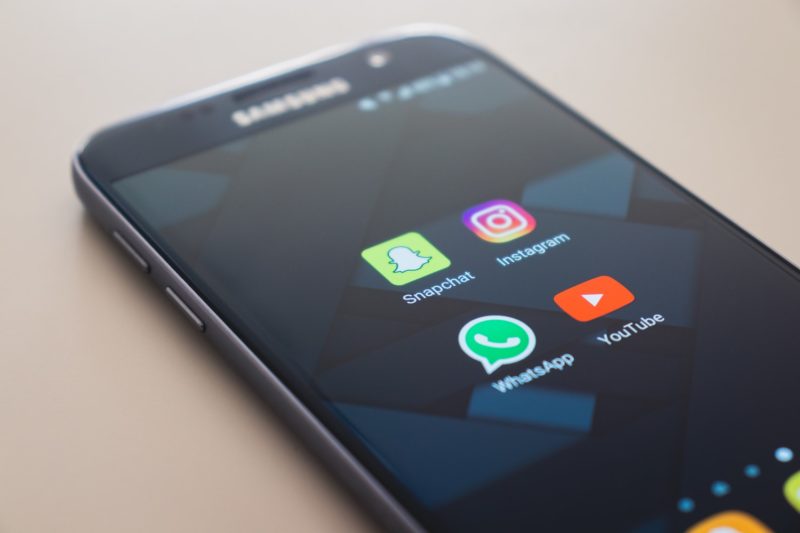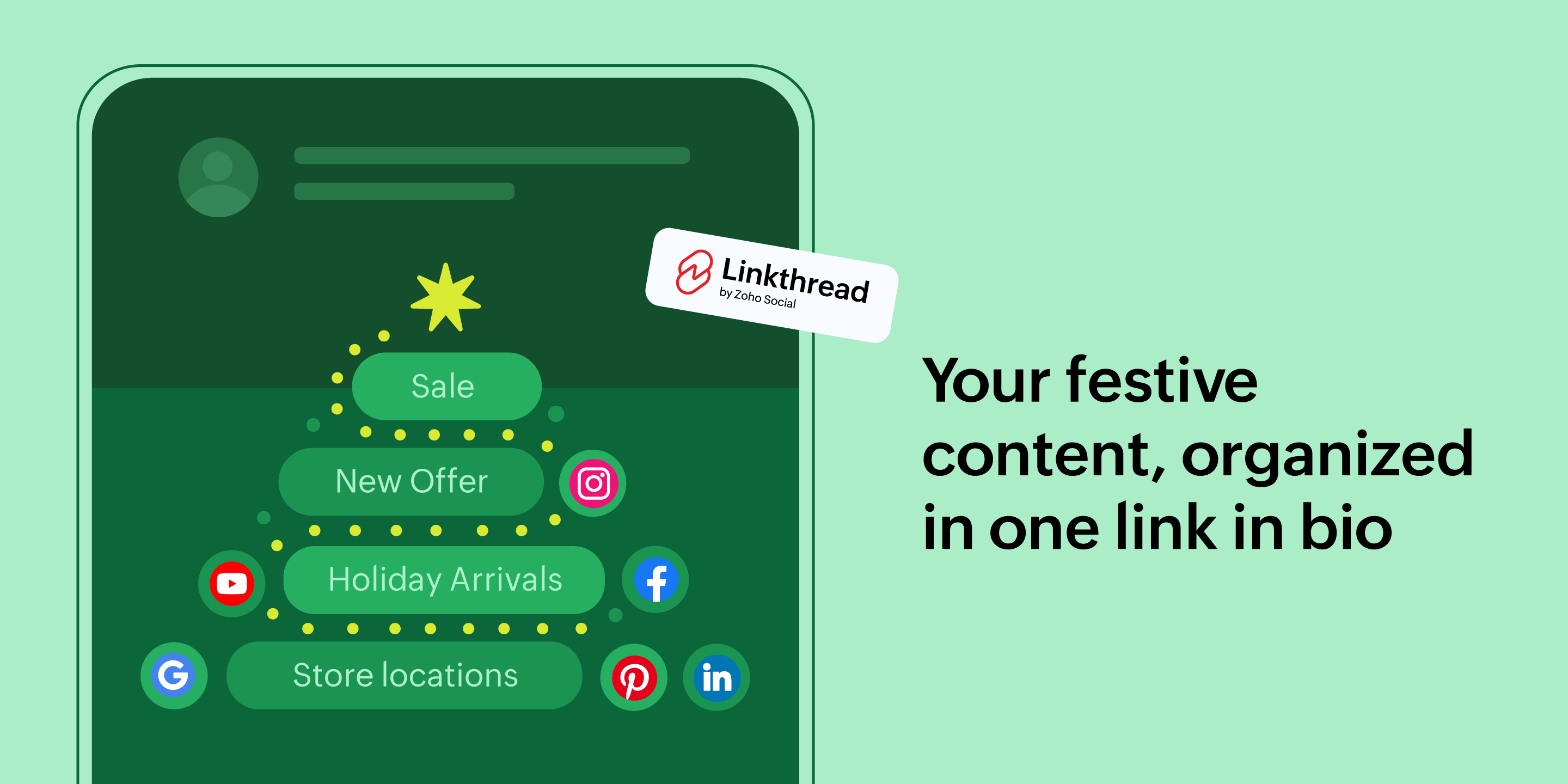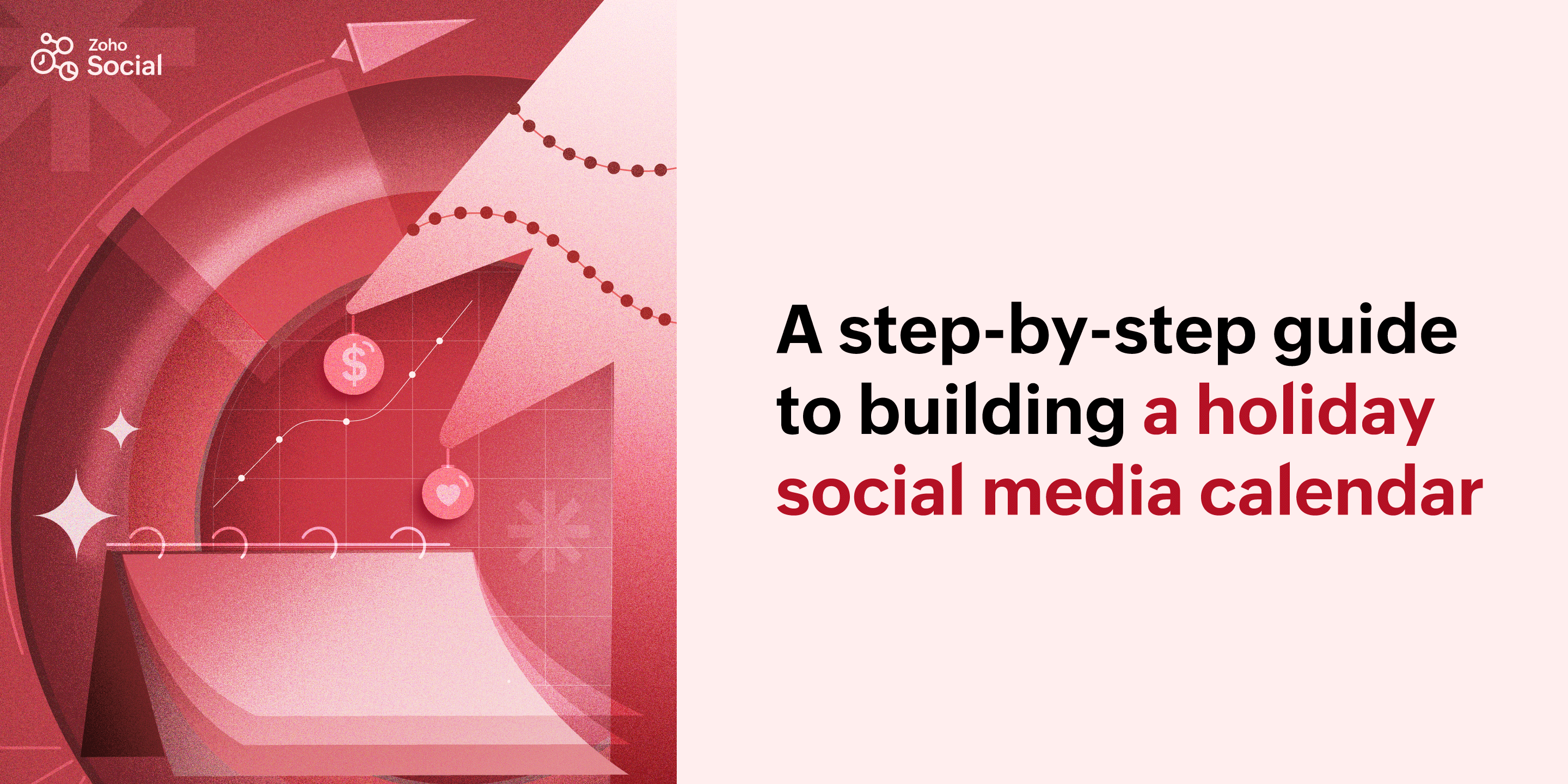Integrating WhatsApp with your brand’s social media marketing
- Last Updated : August 17, 2023
- 8.6K Views
- 5 Min Read

Storytelling in 280 characters, designing catchy mailers, and grabbing eyes with breathtaking photos—marketers have done it all. As social media today has grown into a multifaceted beast, marketing strategies and campaigns of all shapes and sizes have come to be, and it’s not a stretch to say that marketers have tried every single door. If they’re stuck, there’s always a window.
That said, it’s still a bit taboo—even unethical—to put your brand into someone’s private message box unsolicited. Not only is it bad marketing, but it can also get you thrown straight onto your customer’s block list. But it’s also important to reach out and establish rapport, and explore uncharted digital frontiers! So what’s a brand to do?
WhatsApp, of course! (Bet your pocket just buzzed in agreement!)
It should come as no surprise that, with over 1.5 billion users, the messaging app is a barely-tapped gold mine. Not only is it a go-to platform for businesses, but it’s also not the most obvious space to market or conduct business—unlike social media giants like Facebook, Twitter, and Instagram that pretty much run on marketing and advertising by brands.
With a tighter set of features than social networks, a limitation of only 256 people at a time, and the ever-looming threat of coming off as annoying or worse—intrusive—it’s a challenge. Because, at the end of the day, WhatsApp isn’t a social media platform, it’s a personal messaging tool.
But with the rollout of the WhatsApp Business app last year, it has taken a more confident stride in the direction of monetization. Brands are now promoting themselves through the messaging app, reaching out to audience in a more up-close-and-personal way. From collecting feedback to giving sneak peeks of new products, the platform has a lot of potential for customer-business communication.
On a platform where every single user is comparatively four times more likely to click on your content, it’s wise to know how you can use this to your benefit—especially if you’re a growing company that wants to reach its customer base and show your audience why they need your product or service. If you’re already investing in social media marketing, the ideal way forward is to tie your social media activities to your WhatsApp, in order to maximize customer engagement.
Why? Well, I know I said WhatsApp is a personal messaging app, but don’t forget that it’s still owned by Facebook—a social media giant! One that’s turning the platform more social network-friendly by the year, to give it some room for more business activities. For instance, Facebook ads allow a lead to directly open up a conversation with a brand on their WhatsApp. This certainly won’t be the last messaging-social network integration, so it makes sense to explore ways in which you can use WhatsApp with your existing social channels.
Once you understand the basics of how WhatsApp marketing works, you can work on developing strategies that actually complement your social media marketing, and not have your instant messages get marked as spam by potential customers.
1. Marry social media marketing with WhatsApp customer service
If social media is taking care of the shiny front end with marketing, you can make WhatsApp handle the customer service end of things for you. This isn’t just a great way to engage with customers on a more personalized level, it also helps redirect angry customers who might usually take to writing complaints on your timeline, for all to see.
Once you redirect them to Whatsapp, you not only have a more personalized way of handling their problem but you also get to keep your social channels free of negative feedback!
While businesses have started giving out their WhatsApp numbers for customer feedback and questions, it doesn’t have to end there. Customer service and marketing intrinsically complement each other and are pretty much attached at the hip, as they fall under customer experience or CX as it’s been globally dubbed.
2. Carry a conversation onto WhatsApp
So you got a hot lead from your Facebook page or Instagram handle. Are you planning to write a long-winding email to pitch your offer? Sure, you could do that—or you could take the conversation to a more quick, easy platform like WhatsApp, where you can have a live sales talk. It’s even better than Facebook Messenger, because now that you’ve established a point of contact in a personal messaging space, it’s easier to reach out again. Unlike leaving a crumb trail of emails or pings in an already crowded zone, you can now get responses much more quickly.
Even if this isn’t feasible for all, growing businesses can definitely benefit from this strategy, if they have the time and bandwidth for it.
3. Create WhatsApp trust circles from your social following
If you’re a business running a major portion of your sales expressly thanks to a small but sustainable online circle—like an Instagram group or a Facebook circle—it’s time to step up and add them to a trust circle. By that we mean a WhatsApp group for just your loyal customer base, where you can create both exclusivity and value.
While WhatsApp has a limit on the number of people you can connect with, it works well with smaller brands that are looking to send out discount coupons, sneak peeks, updates, and even just business tips to their small, loyal circle of buyers or influencers.
Say you’re a fitness startup that has a local cluster of customers on an active WhatsApp channel that you run. When you hit a business milestone, like an anniversary, you can surprise some of your members (say, the 10 most active participants) by giving them a free extension of your program, or even a coupon code to try out a different service you may offer.
4. Capitalize on the Spillover effect
Businesses around you may start the party elsewhere—on Instagram stories or Facebook pages—and then take the conversation forward on WhatsApp. However, the inverse can also work. You can run WhatsApp-centered marketing campaigns and promote them widely across your social channels to get more engagement going and more people talking about your brand.
Like the time Absolut created a “Svensational” marketing campaign a couple of years ago—in what was perhaps one of the first, successful WhatAapp campaigns to surface. The company’s team in Argentina created a fictional bartender called Sven, and released a WhatsApp number to the public announcing that anybody who could chat with Sven, and convince him, would get tickets to Absolut’s exclusive party.
This was made popular on social media to spread the word, and soon enough Sven’s phone was blowing up with WhatsApp messages from tons of young Argentinian partygoers. It’s just one example of how two totally different platforms can complement each other, to achieve a common goal—in this case, getting more people to participate in the campaign. Now, that’s what we call a marketing win-win!
That’s not all, though. From replacing hordes of annoying emails with a quick ping to updating a transaction status to sending a WhatsApp Broadcast when you have a special sale…there’s a lot of obvious uses to looking at WhatsApp as a tool for your business.
But it doesn’t have to stop with the obvious options. When you integrate it with your brand’s social media workflow, you can see the opportunities are broader—and we dare say that judging by WhatsApp’s business trajectory, it only looks like it’ll be getting bigger.
 Amruthavarshinii
AmruthavarshiniiChats & writes about anything from social media, culture, to how chai latte isn't a real thing.



Comments(1)
The info is very useful. thanks a lot. Can you please highlight the limitations & restrictions. as the App is used for commercial purposes any license/permissions required?